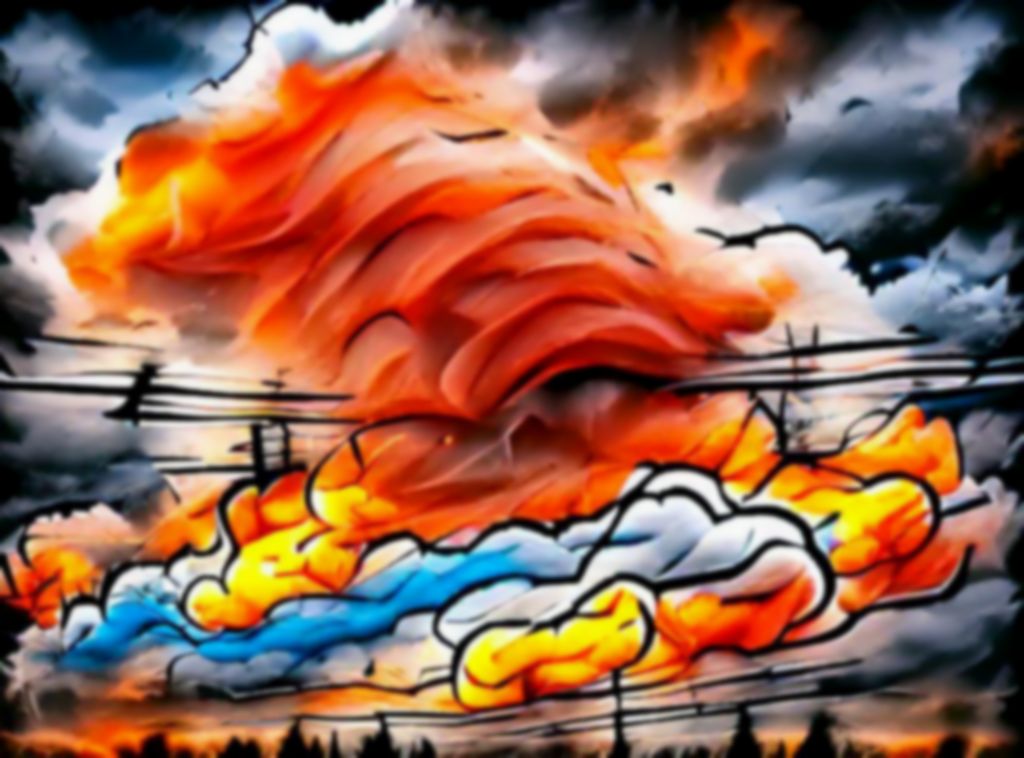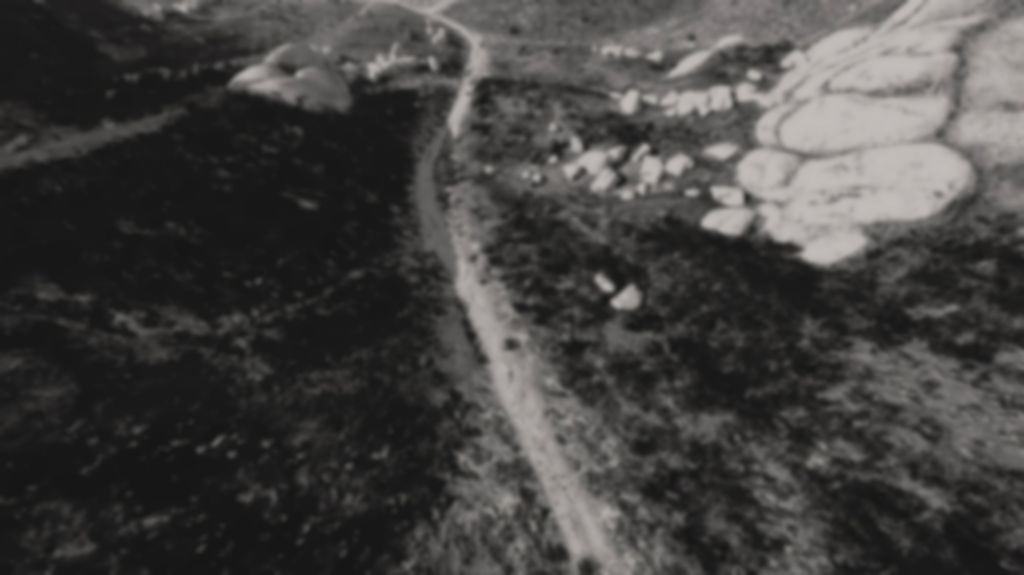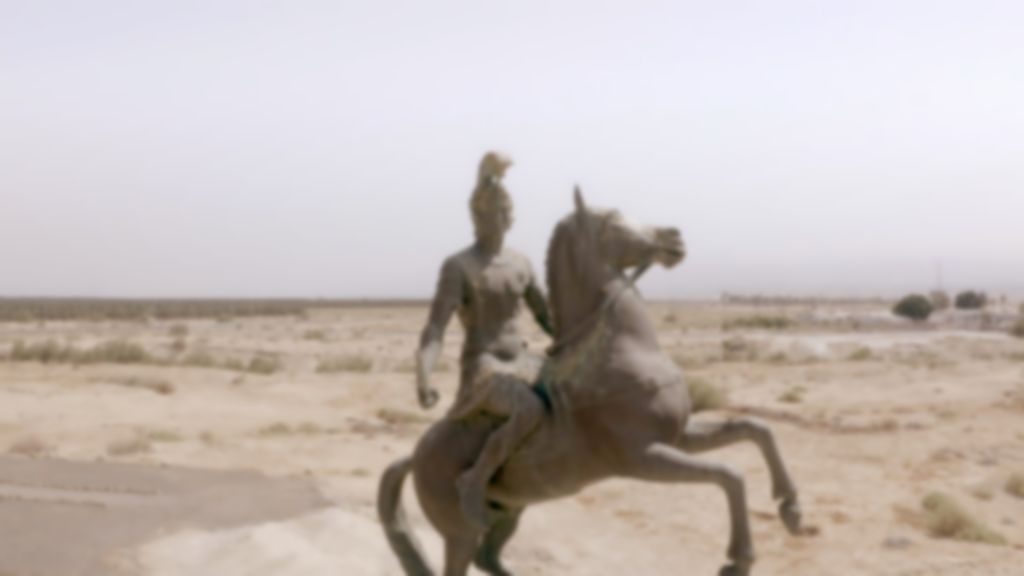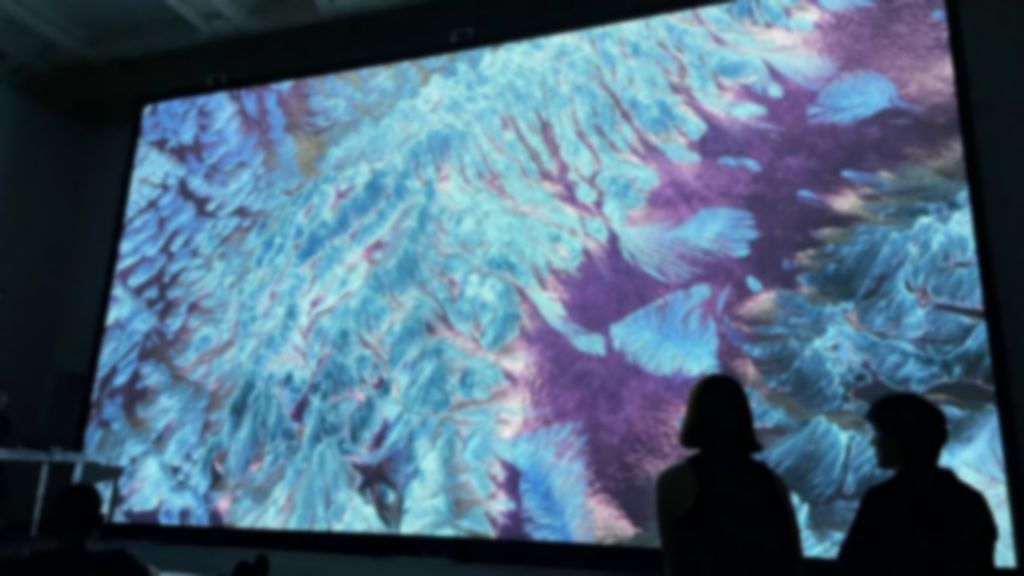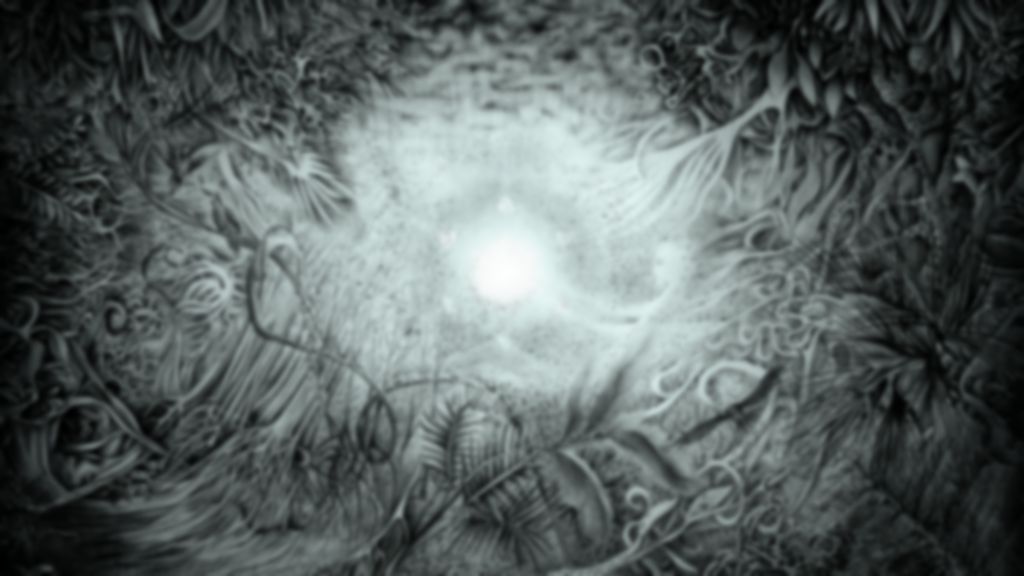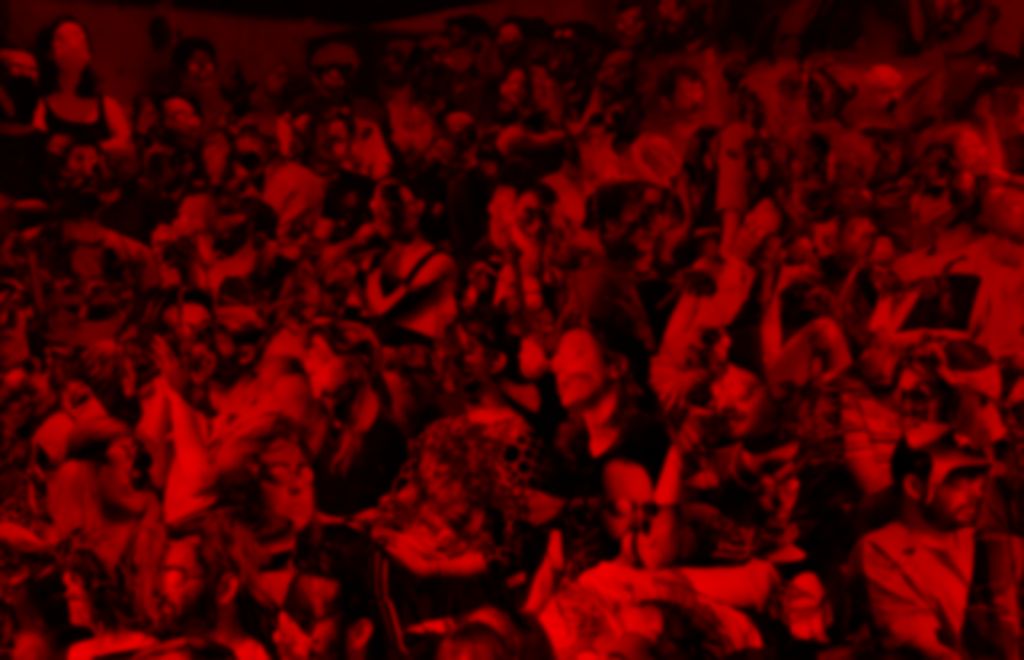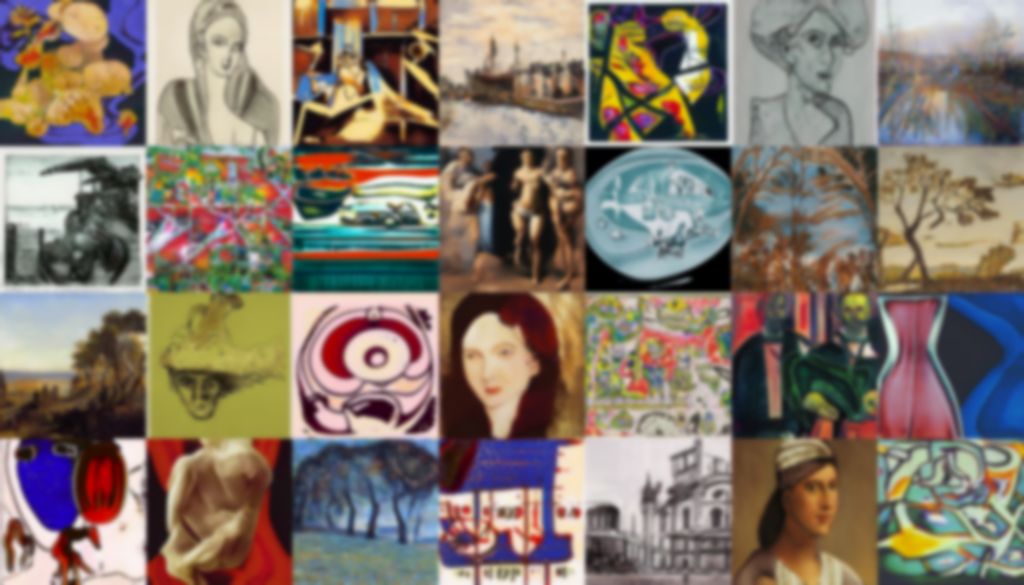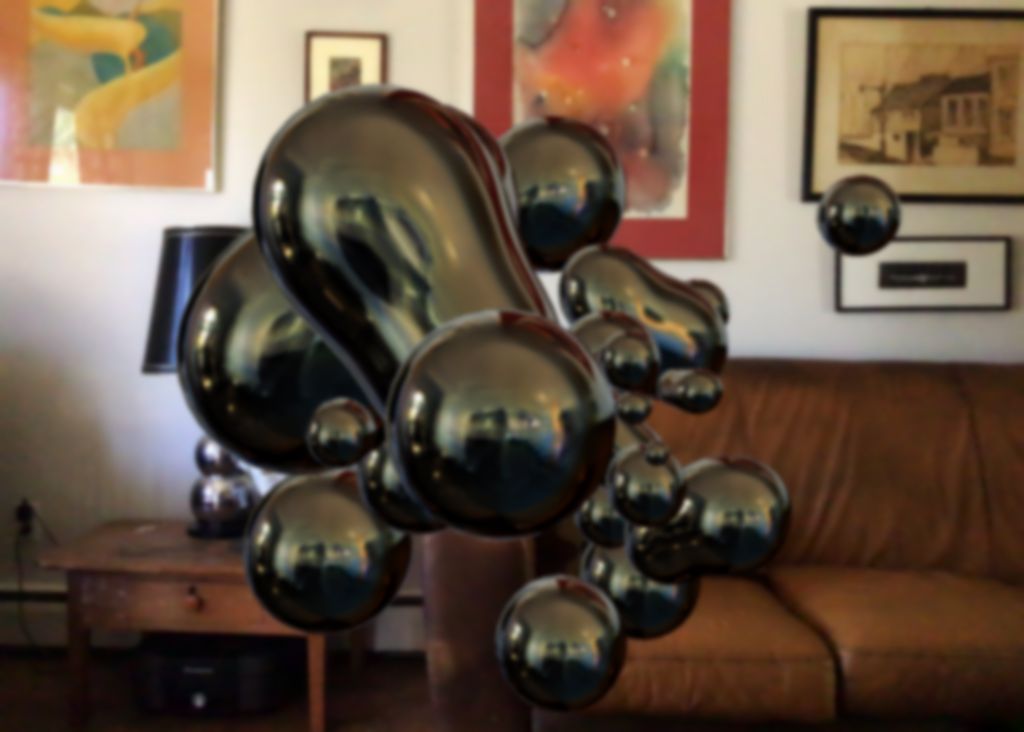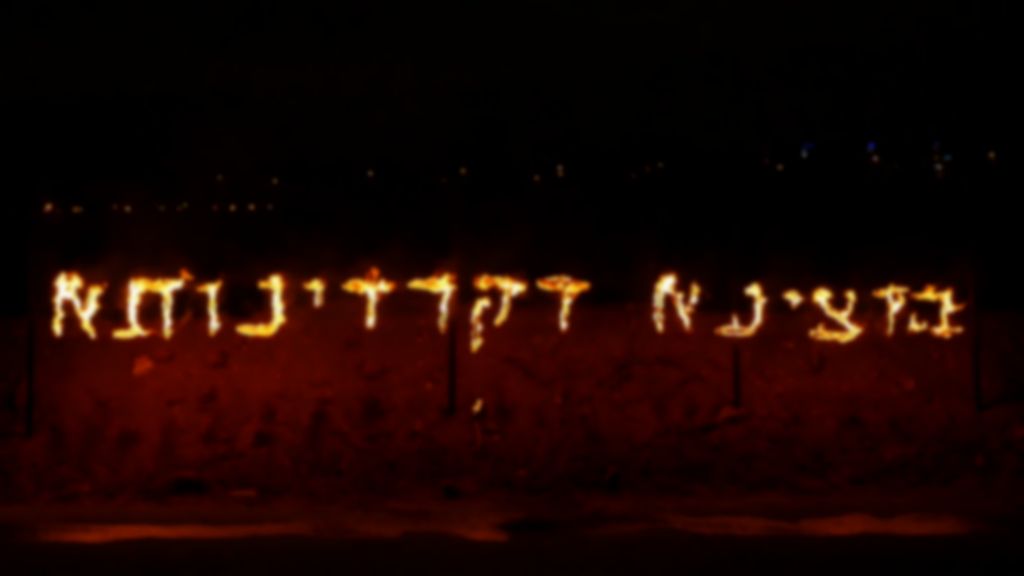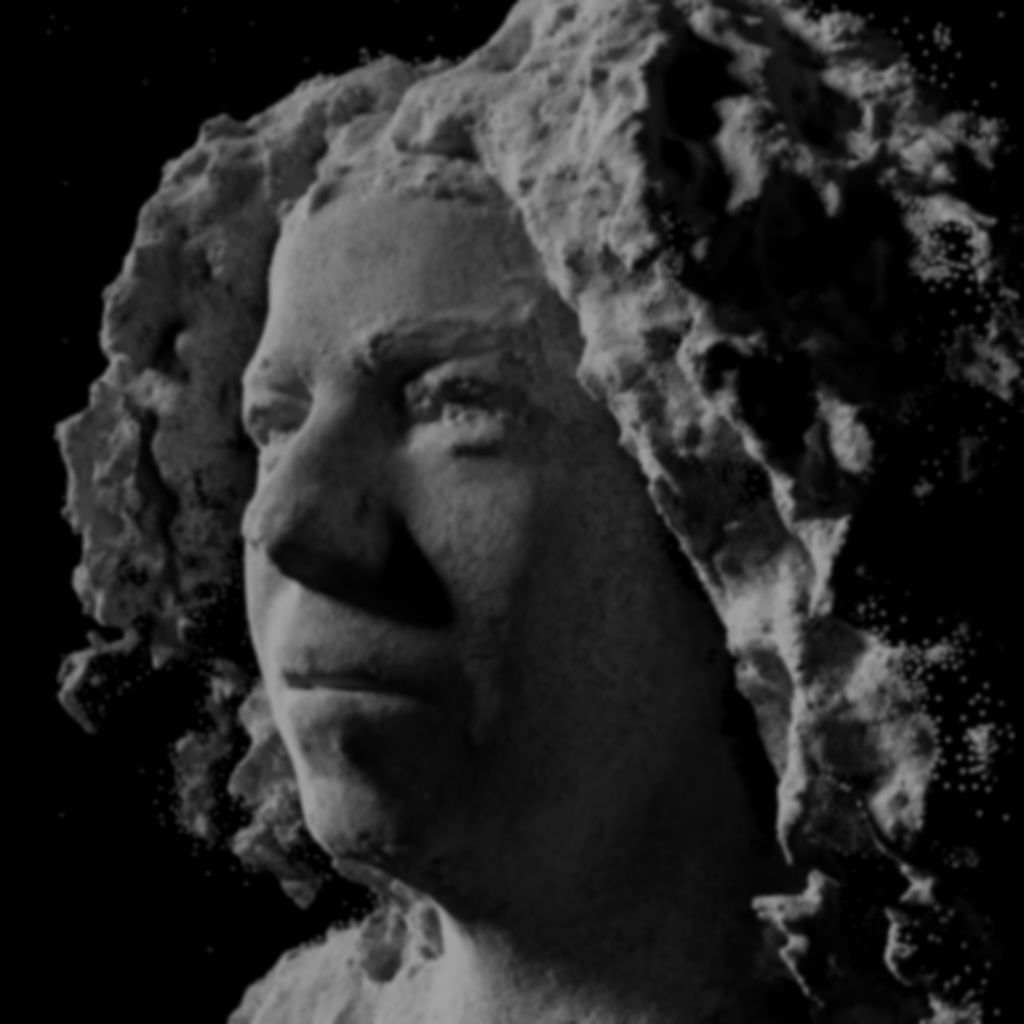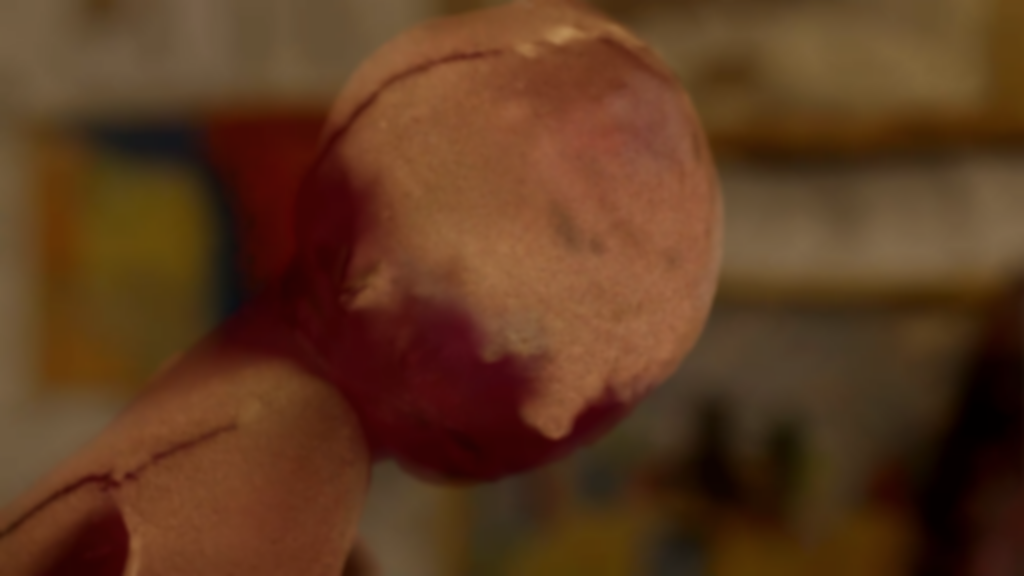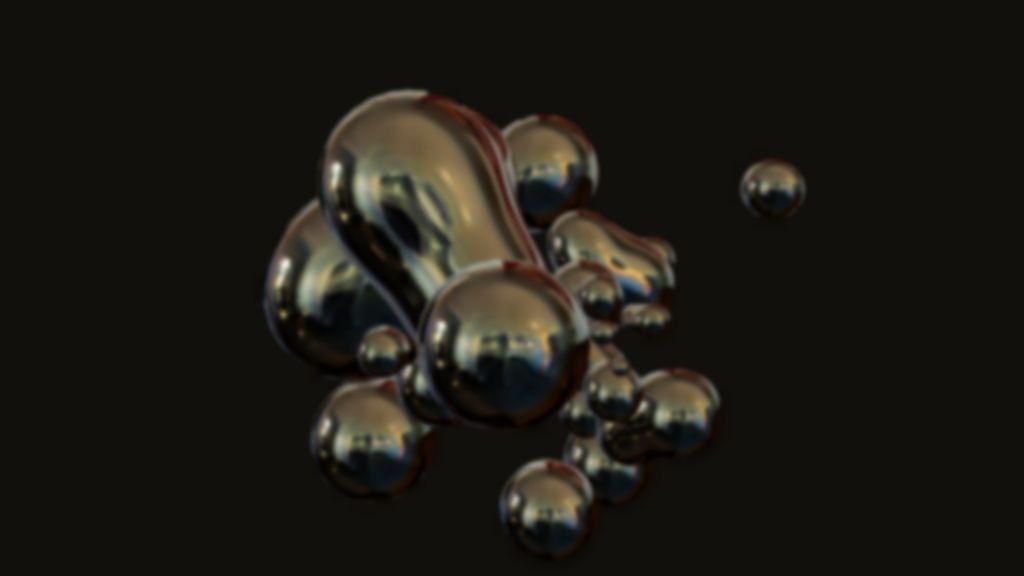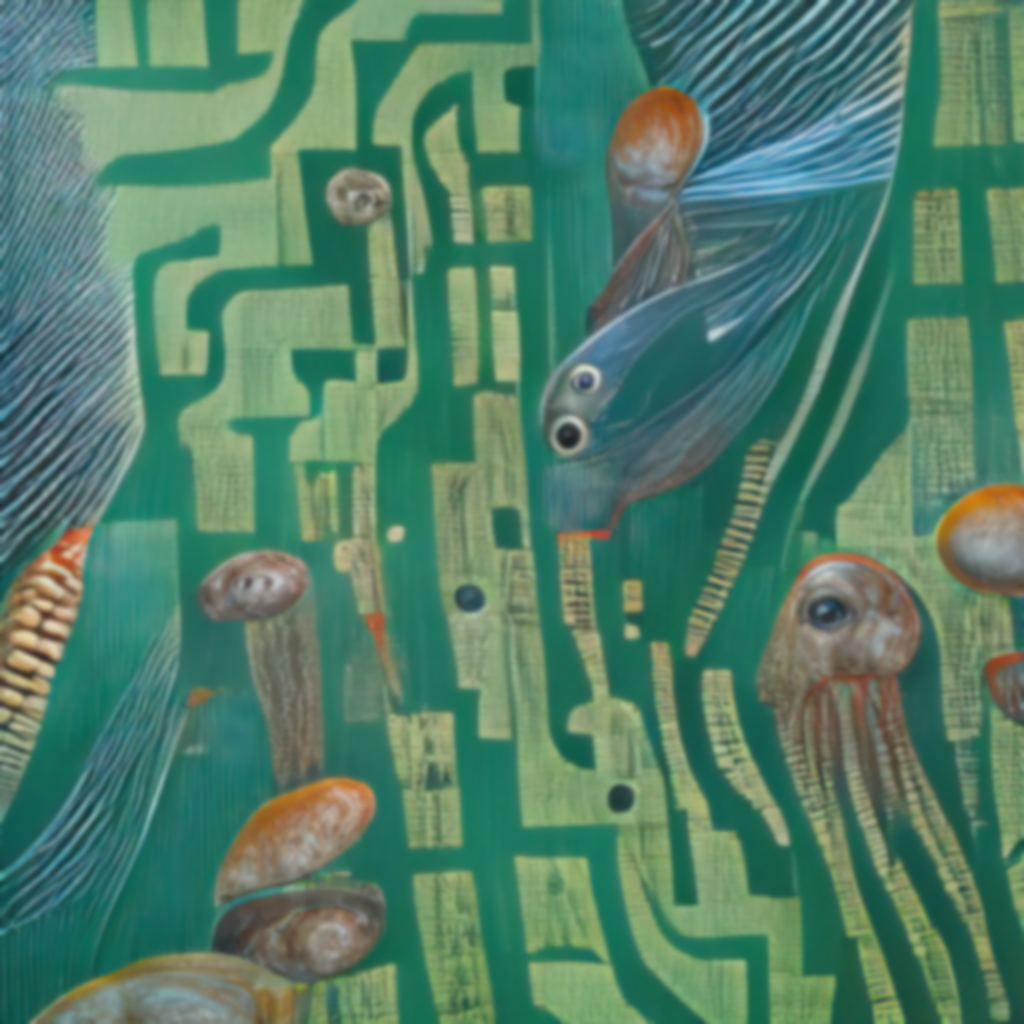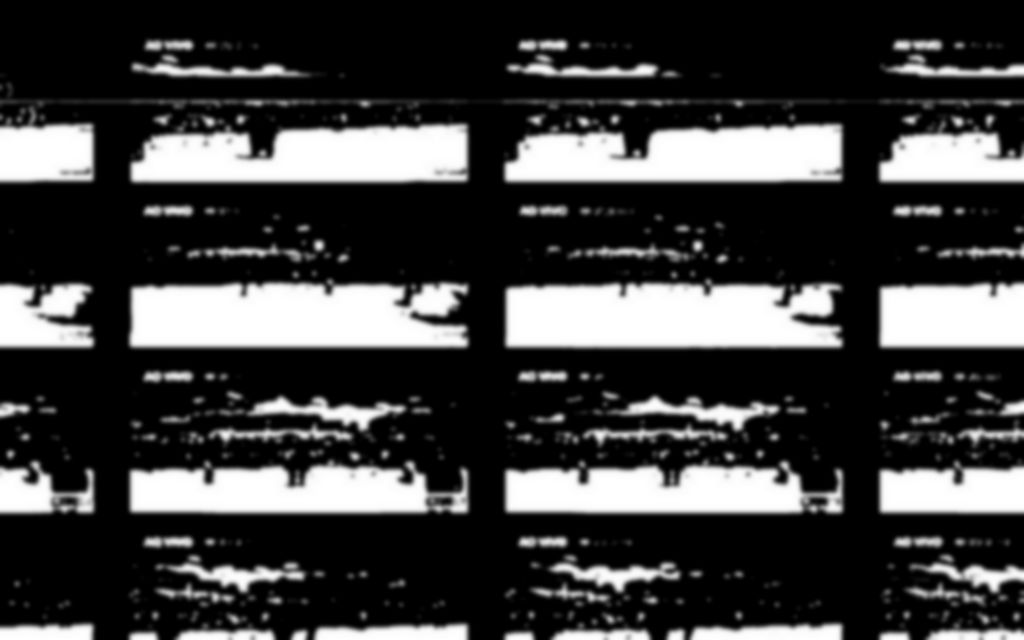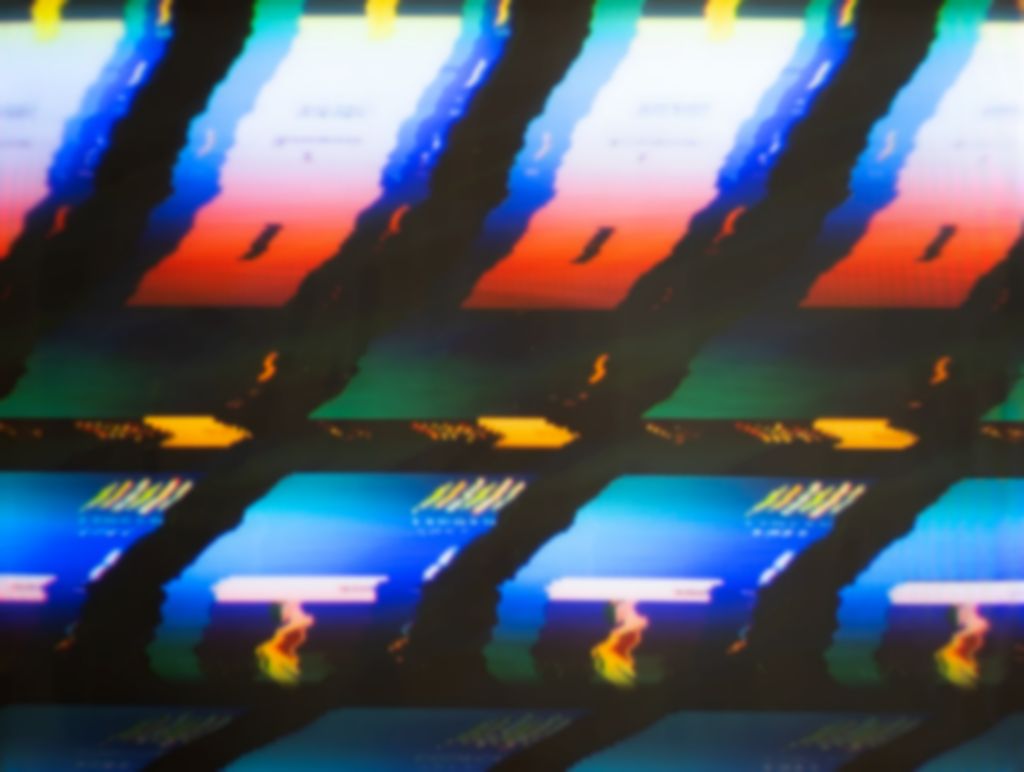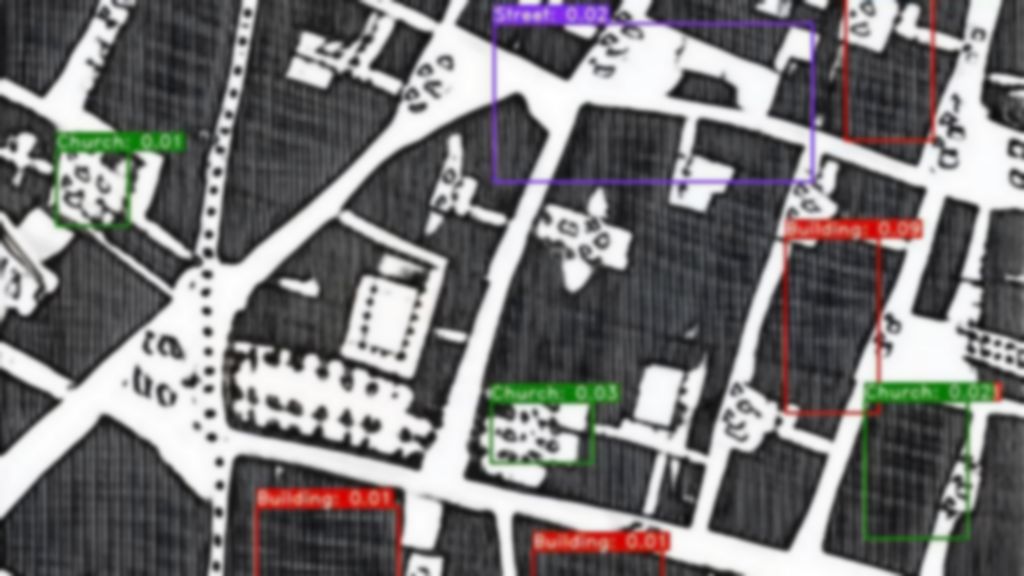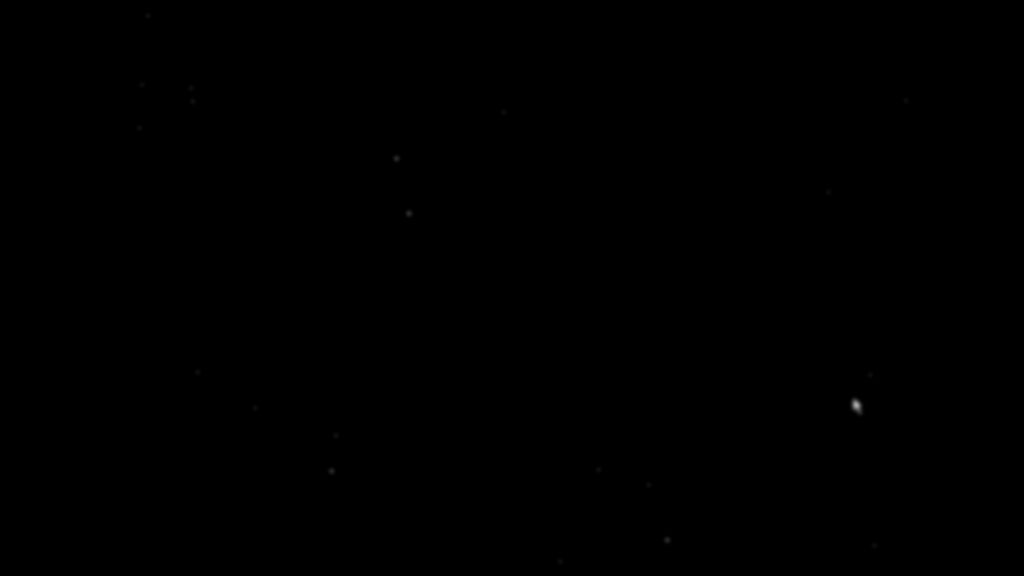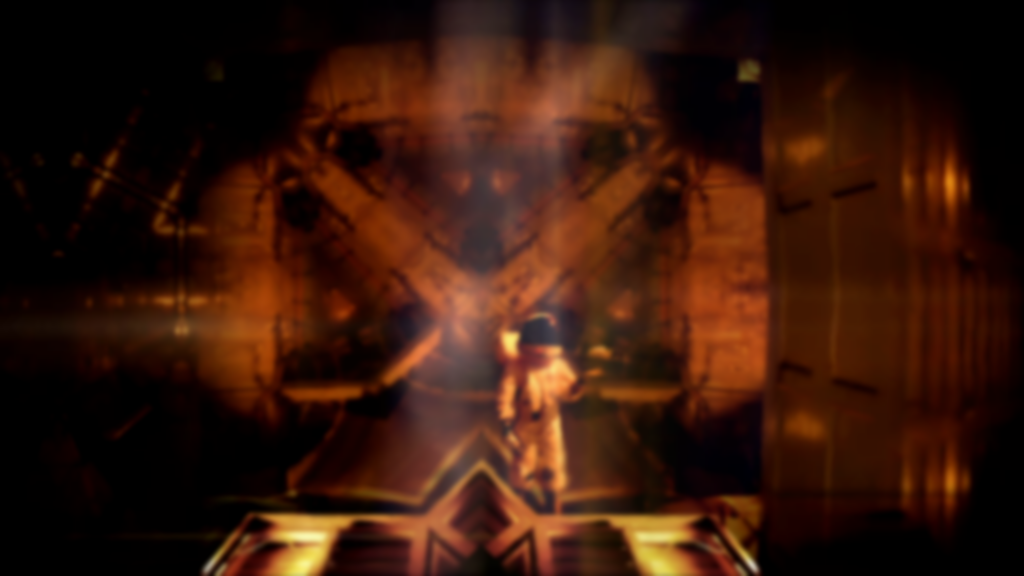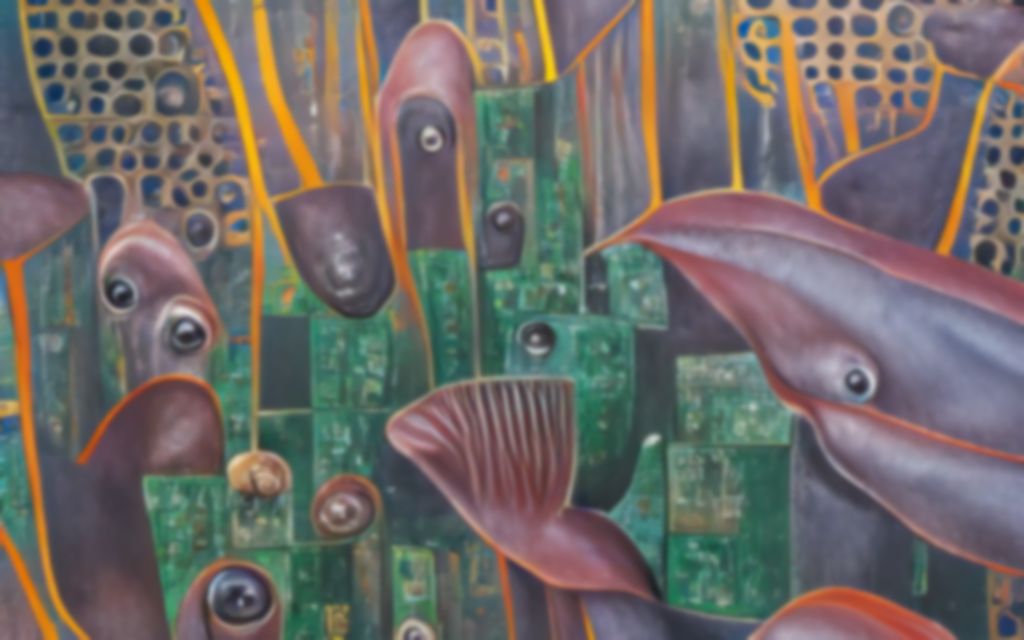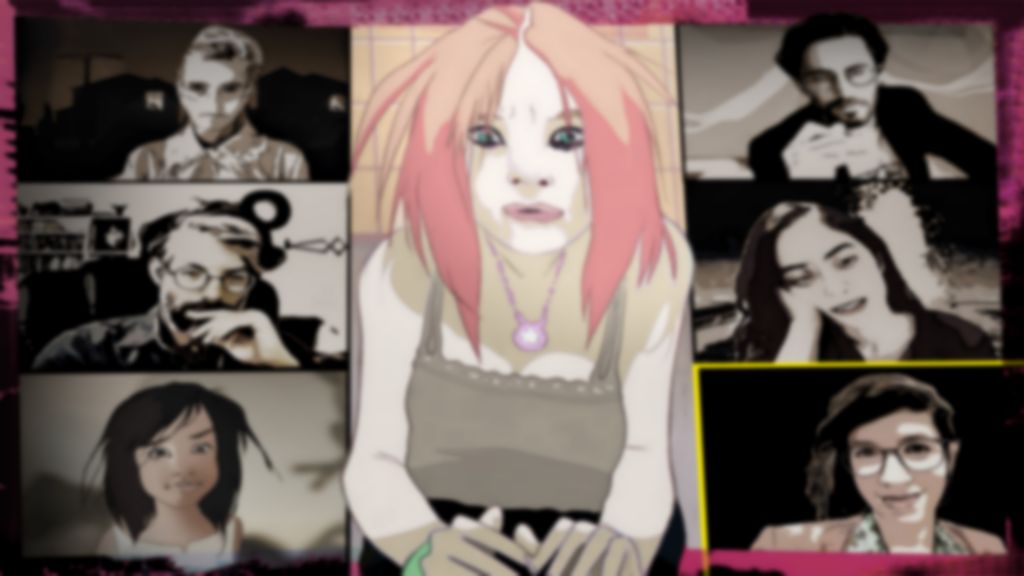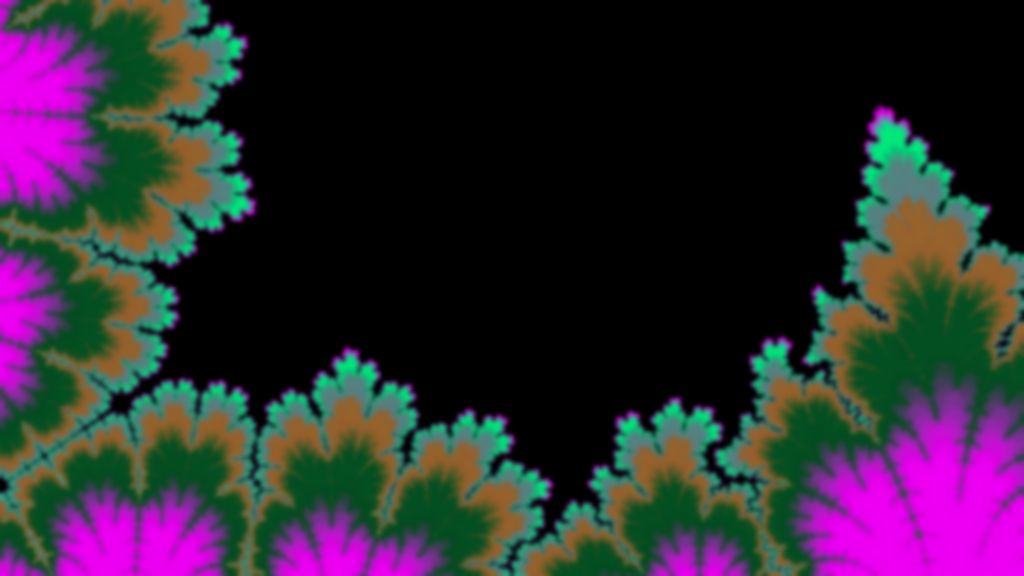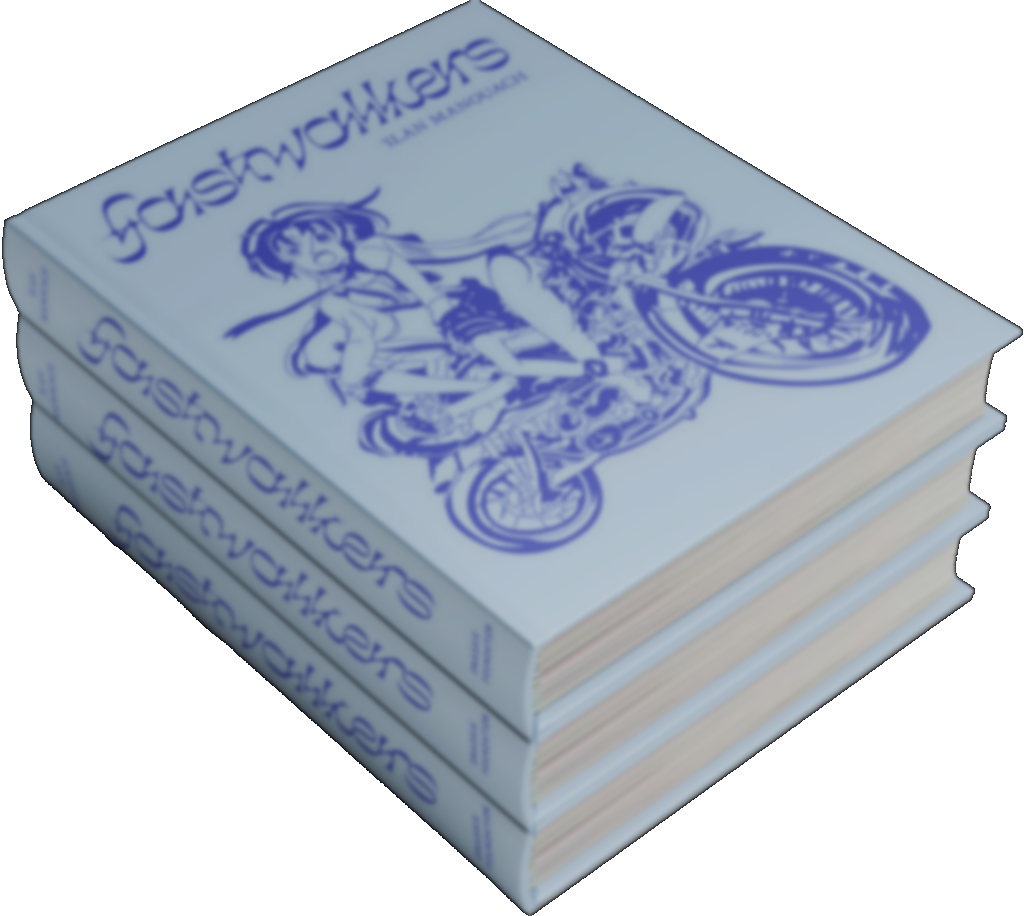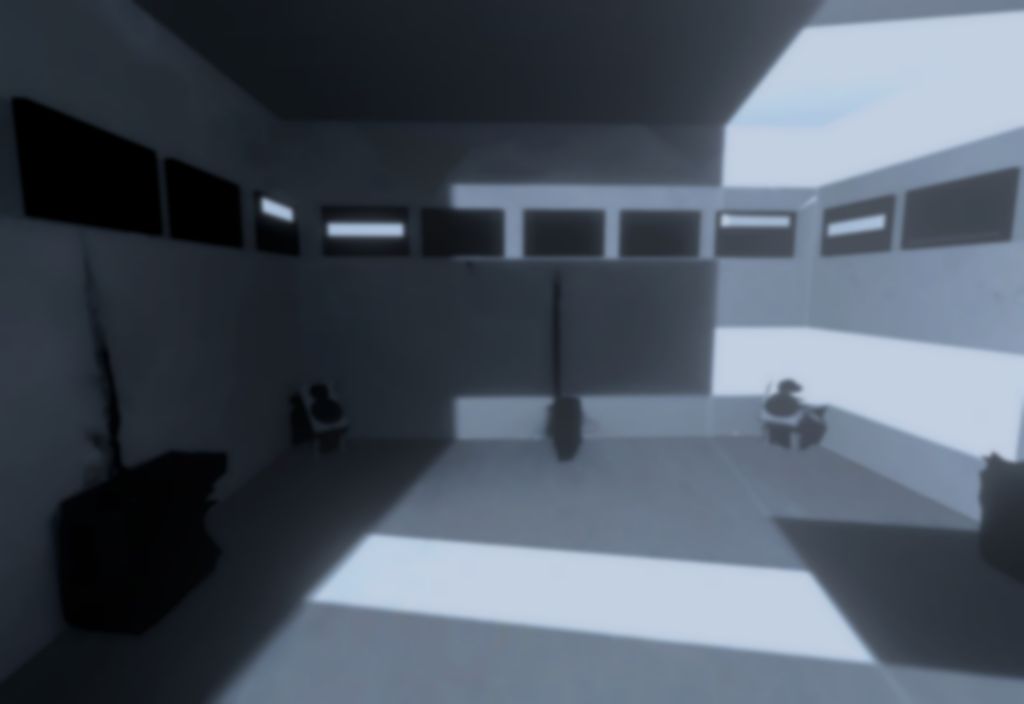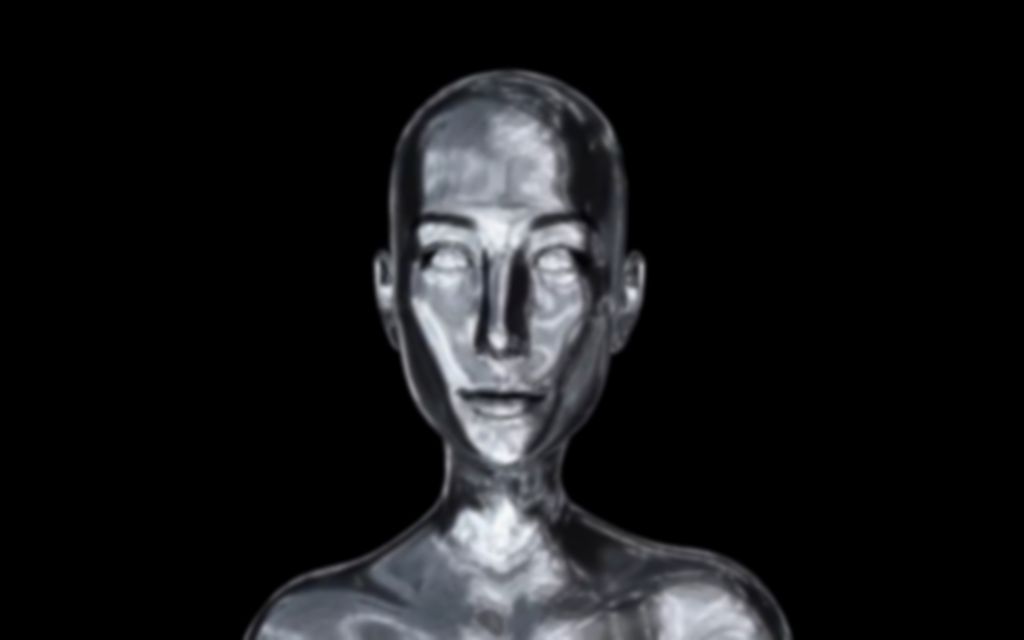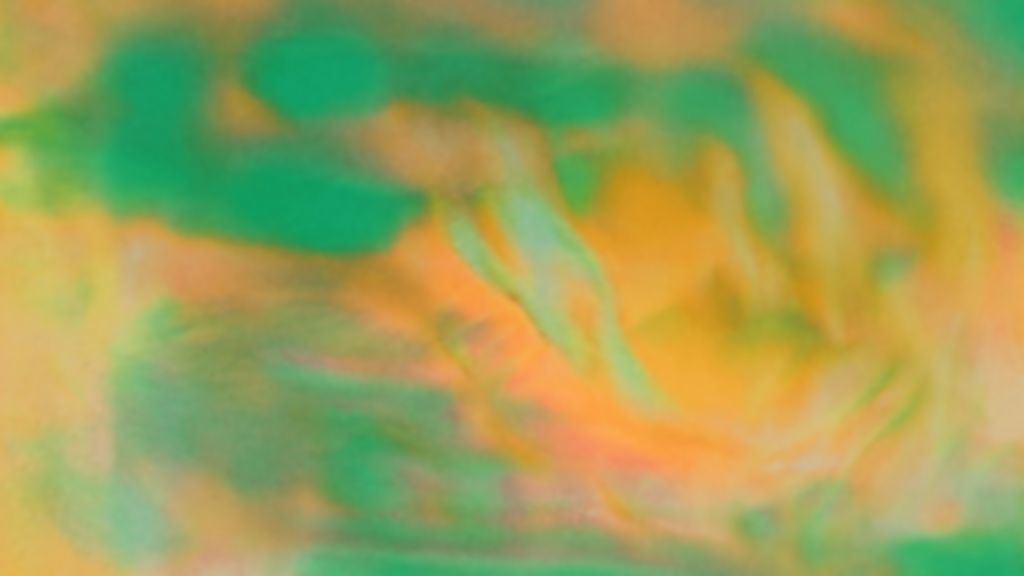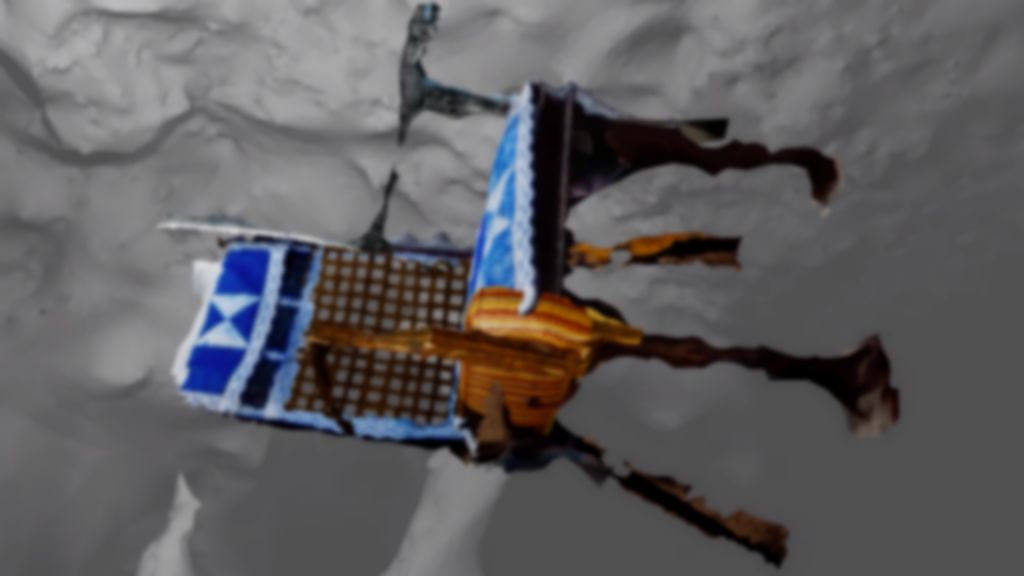ZER0|1NE Ⅱ ⅯⅯⅩⅩⅠ festival
- Tue2816:00
- 16:00
- Opening
⚫ We invite you to explore site-specific installations by Orphan Drift, Entangled Studios, Love Studio, Jordan Colsey + Deborah Fischer + Ofer kantor, Erez Ezra + Avi Cohen + Boris Levin, Rachella Alcalay, Memo Akten, Matty Mariansky, Ben Drusinsky, Alon Tayar, and a film program by: Tali Liberman + Yoel Peled + Daria Kiseleva + Barak David Mizrahi + Nir Shitrit.
- Wed2916:00
- 16:00
- Opening
⚫ We invite you to explore site-specific installations by Orphan Drift, Entangled Studios, Love Studio, Jordan Colsey + Deborah Fischer + Ofer kantor, Erez Ezra + Avi Cohen + Boris Levin, Rachella Alcalay, Memo Akten, Matty Mariansky, Ben Drusinsky, Alon Tayar, Mark IJzerman + Sébastien Robert, and a film program by: Tali Liberman + Yoel Peled + Daria Kiseleva + Barak David Mizrahi + Nir Shitrit.
- 16:15
- 16:15
- As Above, So Below, Mark IJzerman + Sébastien Robert
⚫ Performance + live stream online
- Fri277:00
- 7:00
- ZER0|1NE II Is Now Live
⚫ Online platform opening
- 16:00
- 16:00
- On the Brink of a Cultural Revolution, Dr. Milly Perry
⚫ Zoom Discourse with Dr. Milly Perry, Yair Moss, Tamar Berliner.
⇱ Zoom
- 17:00
- 17:00
- Screen Dive Live Discourse, Maya Felixbrodt + Luke Deane Hosting
⚫ Screen Dive artists @ ZER0|1NE in a live zoom discussion
- 19:00
- 19:00
- Analog Space, Analog Front + Peter Spacey
⚫ Live A/V performance: online stream
- 19:30
- 19:30
- Radio Rikavon, Yannay Yehezkely + Kim Slavinsky + Gonras Karols + Zohar Barkai
⚫ Live A/V performance: online stream
- Sat2816:00
- 16:00
- Interspecies Communication: Hybrid Session №1
⚫ Hansen House, Gedalyahu Alon St. 14, Jerusalem
⇱ tickets available
- 17:30
- 17:30
- Fictioning, Science and Interspecies Communication, 0rphan Drift: Maggie Roberts
⚫ Performance + live stream online
- 18:30
- 18:30
- Digital Shamanism, Amit Raphael Zoran
⚫ Talk + live stream online
- Sat2820:00
- 20:00
- Latenscape, Franz Rosati
⚫ Live A/V performance + live stream online
- Sun2916:00
- 16:00
- New AI imaginaries: Hybrid Session №2
⚫ Hansen House, Gedalyahu Alon St. 14, Jerusalem
⇱ tickets available
- 17:45
- 17:45
- Artist in the Cloud: Towards an Autonomous Artist, Gene Kogan
⚫ Talk + live stream online
- 18:30
- 18:30
- Artificial Life As Entanglement, Entangled Others: Feileacan McCormick
⚫ Talk + live stream online
- 19:00
- 19:00
- Estranging Comics, Ilan Manouach
⚫ Talk + live stream online
- 20:00
- 20:00
- Liquid Pixels, Or Edry + Carmi Dror
⚫ Live A/V performance + live stream online
- Mon3019:00
- 19:00
- From the Ground Up: Audio-Visual Night at the TOD
⚫ Tower of David Museum, Jaffa Gate, Jerusalem
⇱ tickets available
- 20:00
- 20:00
- SADAN LAB, Tehomim + Anis7k + Philantropist + Ohad Peleg DJ set + Sadan Crew DJ set + Visuals by Karin Kimel & Tom Segev
⚫ Live A/V performance + live stream online
- 20:00
- 20:00
- SEEGUIN SAYA, WACKELKONTAKT
⚫ Live A/V installation @ The Kishle, Tower of David
- Tue3111:00
- 11:00
- Closing Event @ Mazkeka : Desperately Seeking
⚫ 3 Shoshan Street, Jerusalem
- 12:00
- 12:00
- Desperately Seeking, Gabriel S Moses
⚫ Live performance + live stream online
- Fri722:00
- 22:00
- Goodbye ZER0|1NE 2021, Welcome to 2022
⚫ Most of the artworks, performances, films, talks, web artworks and more, will stay available online till January 07, 2022.
□ Participating works
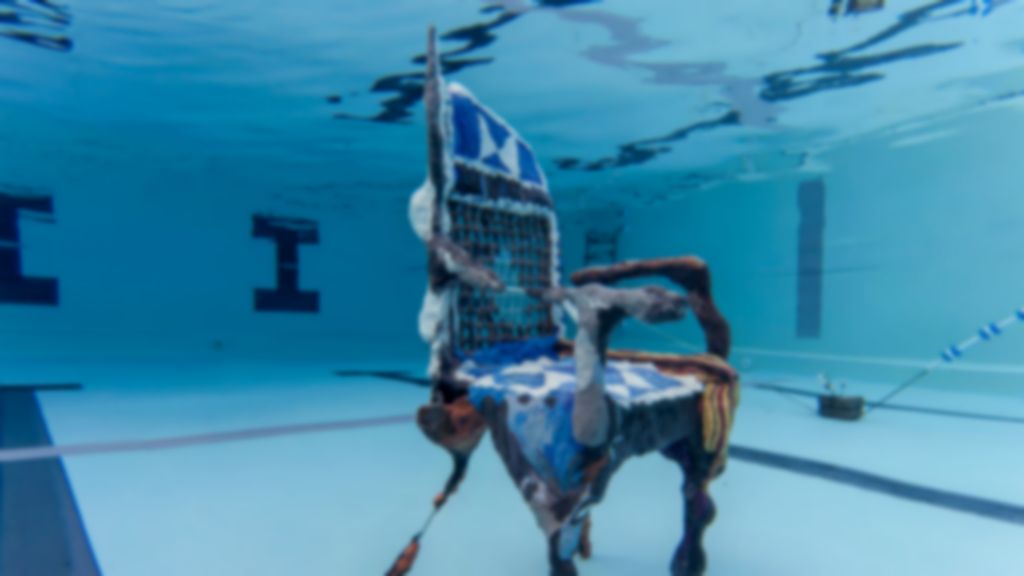
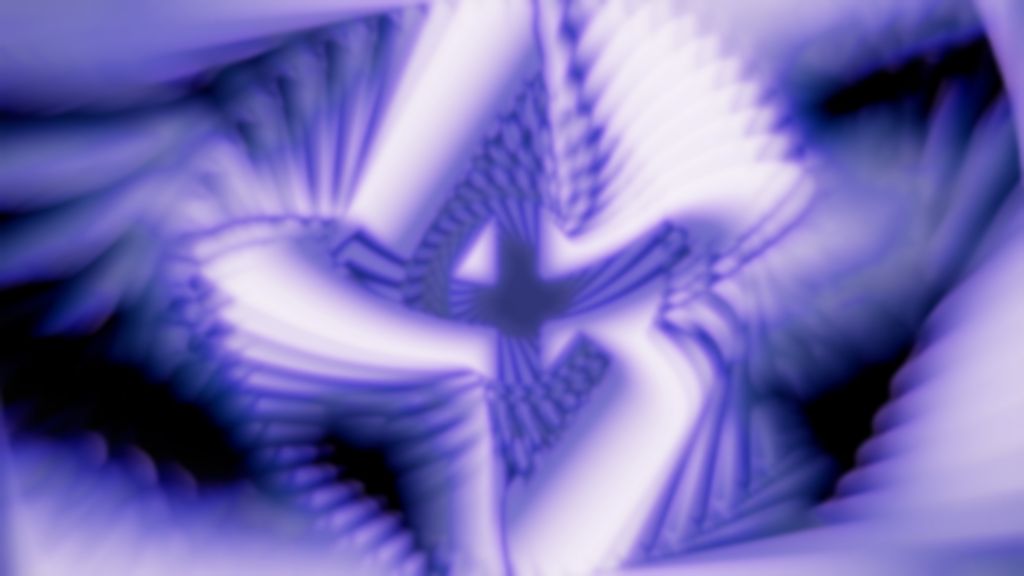
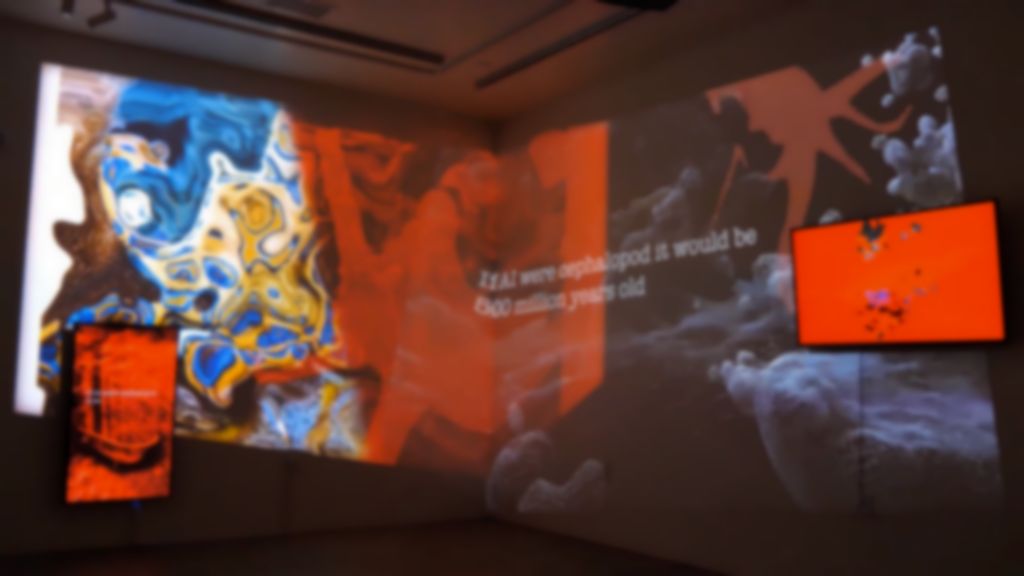
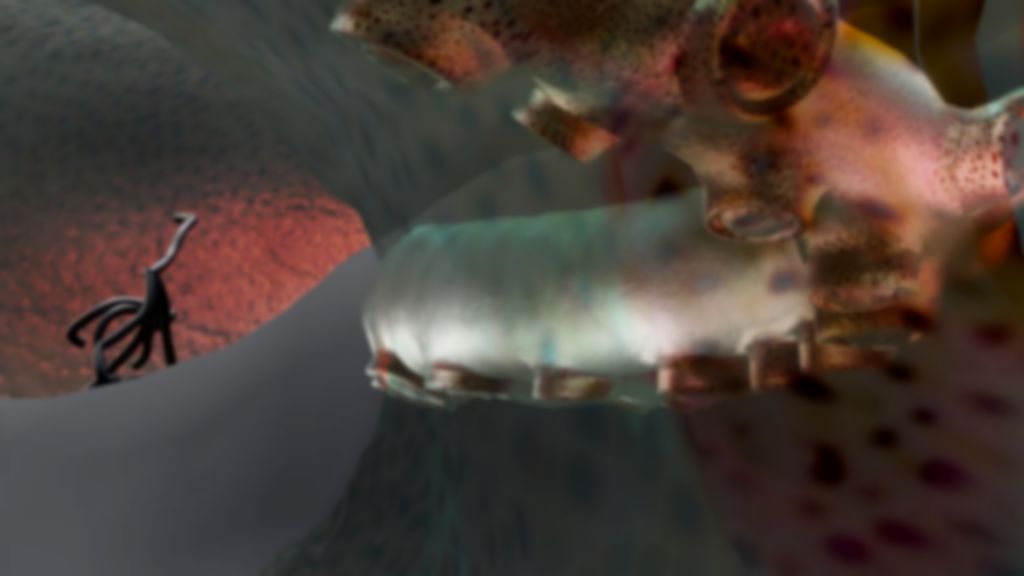
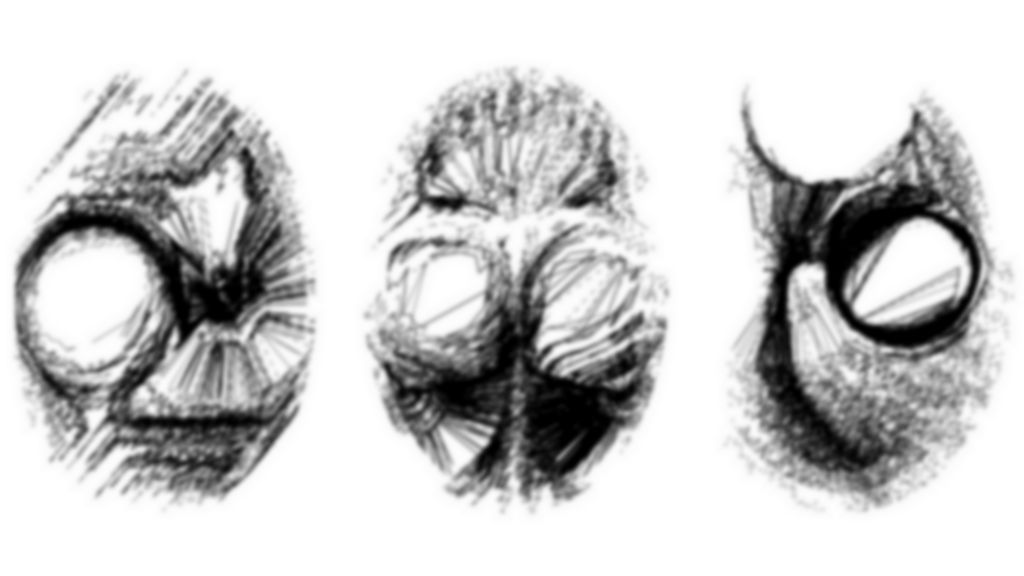
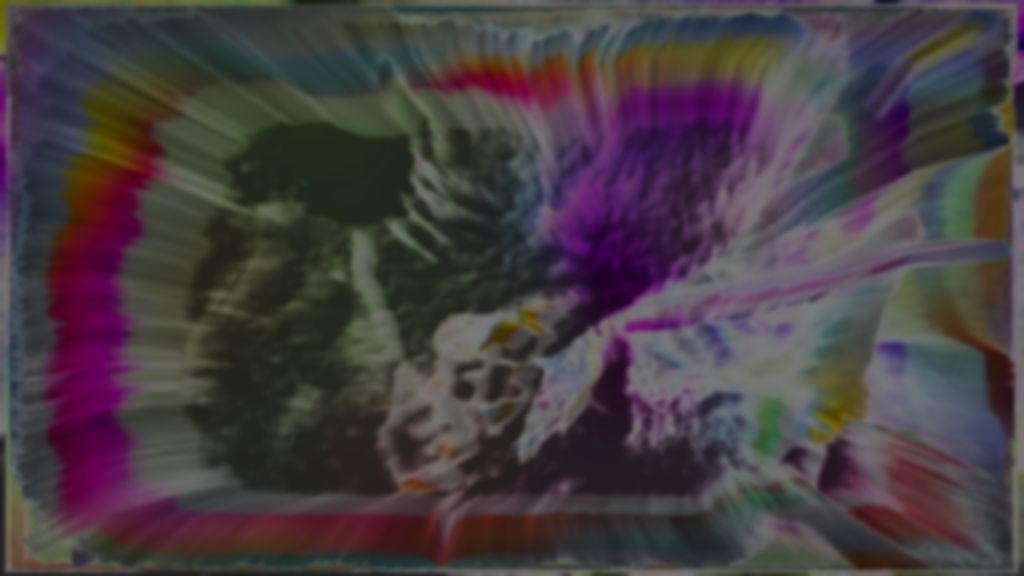
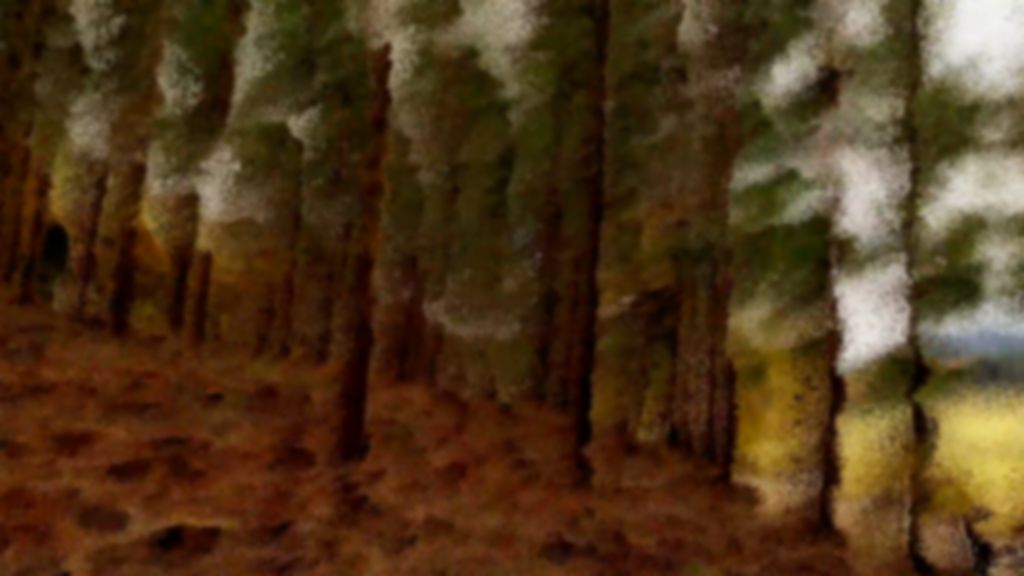
⬡ Join us
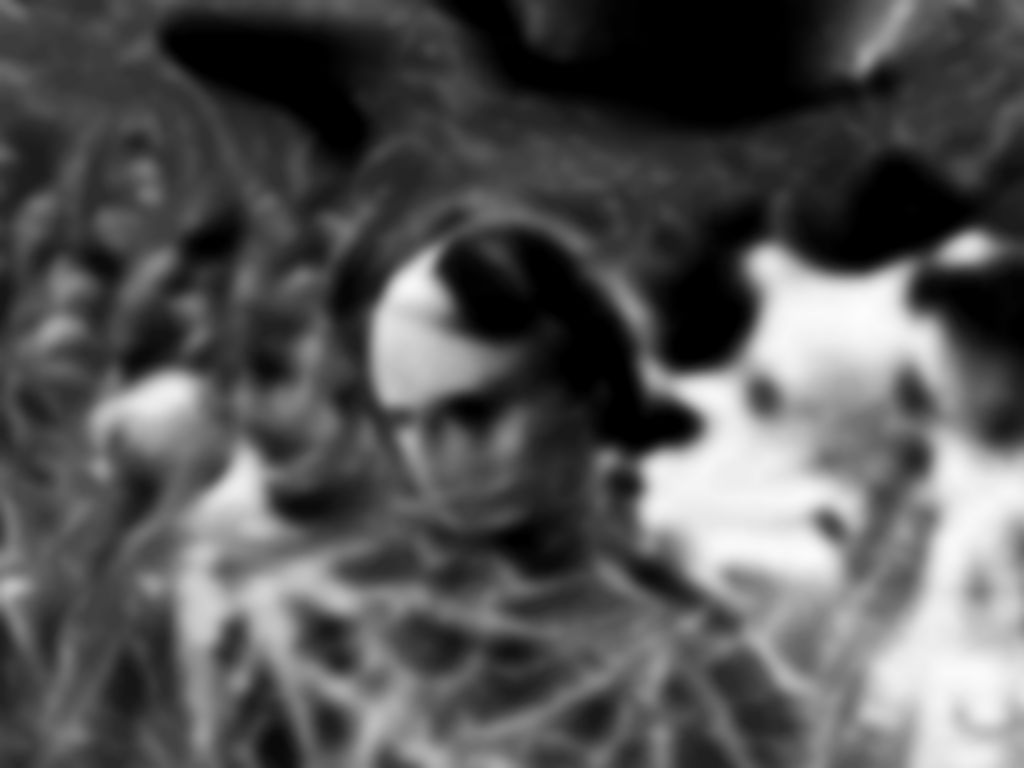
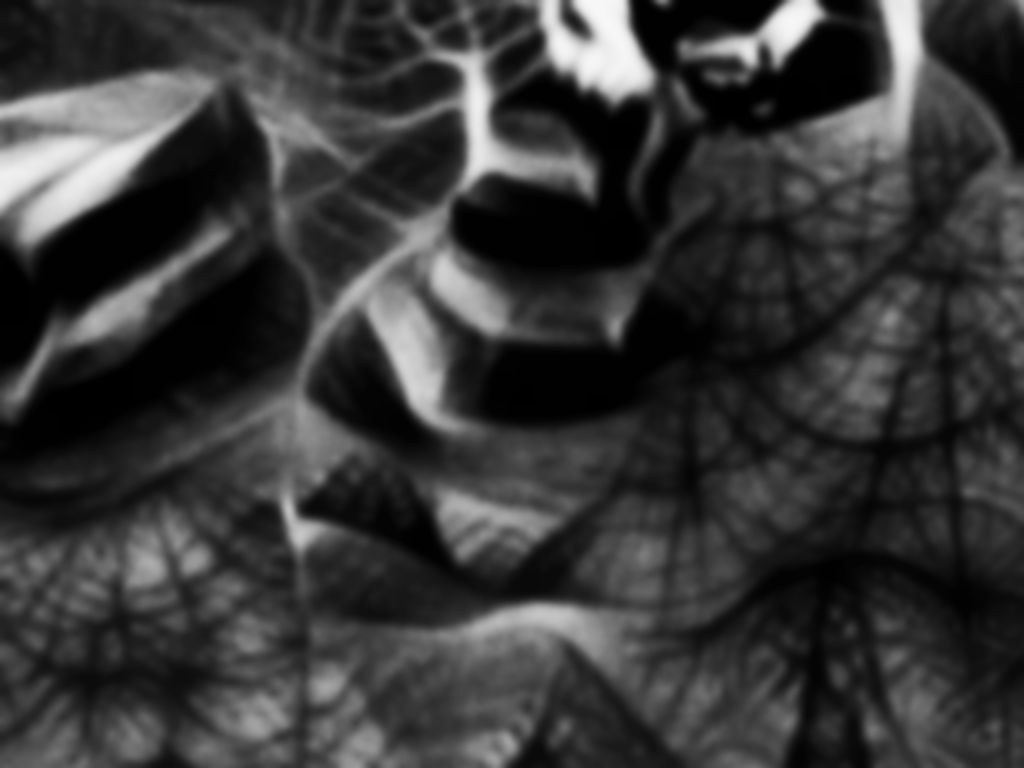
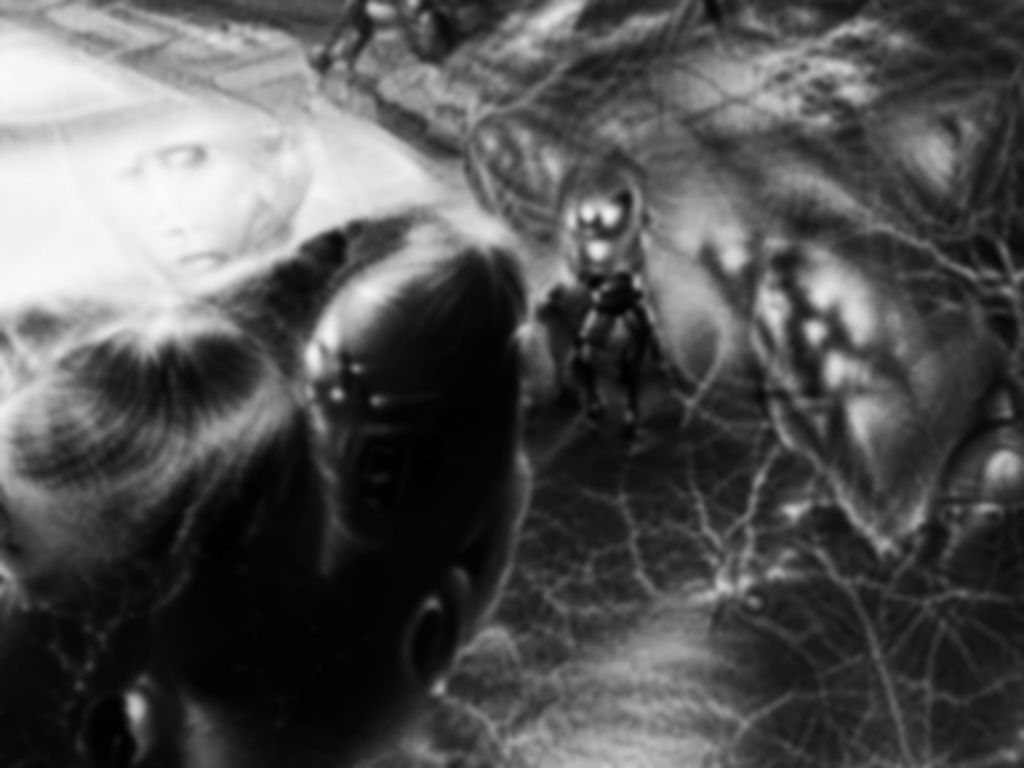
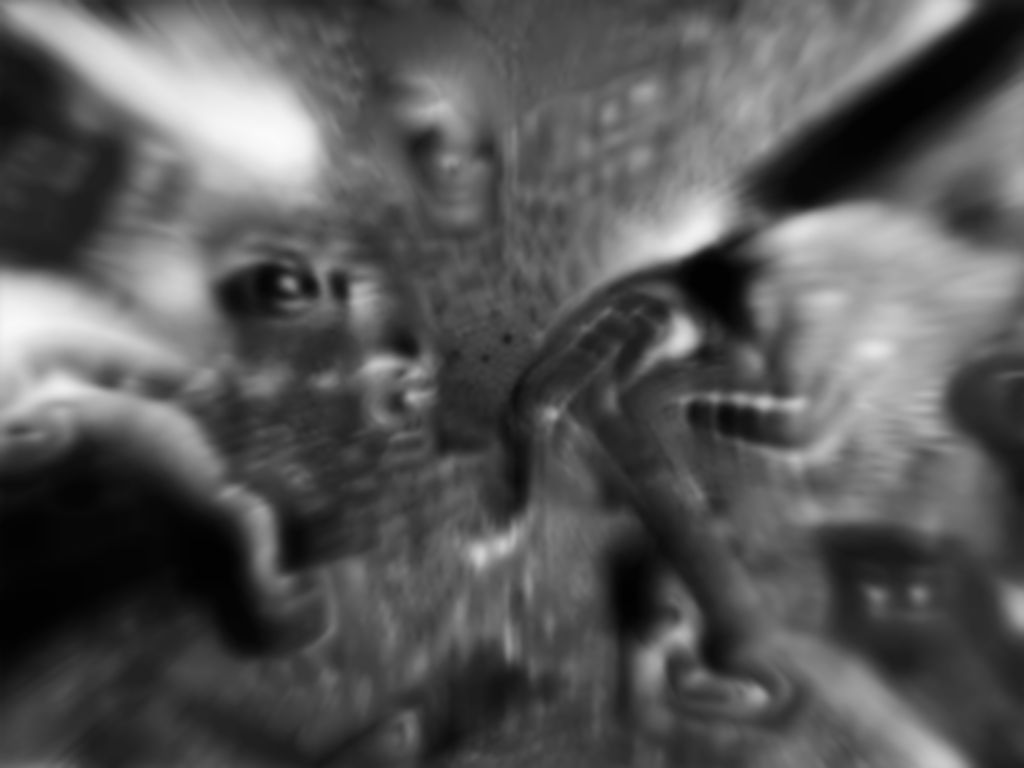
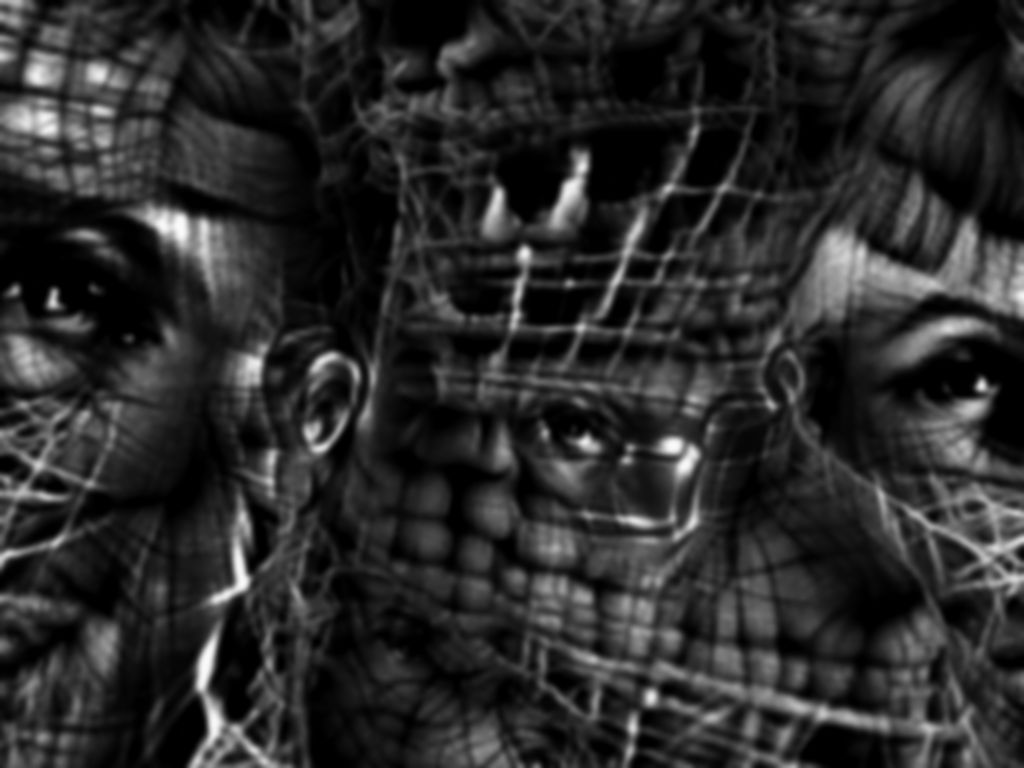
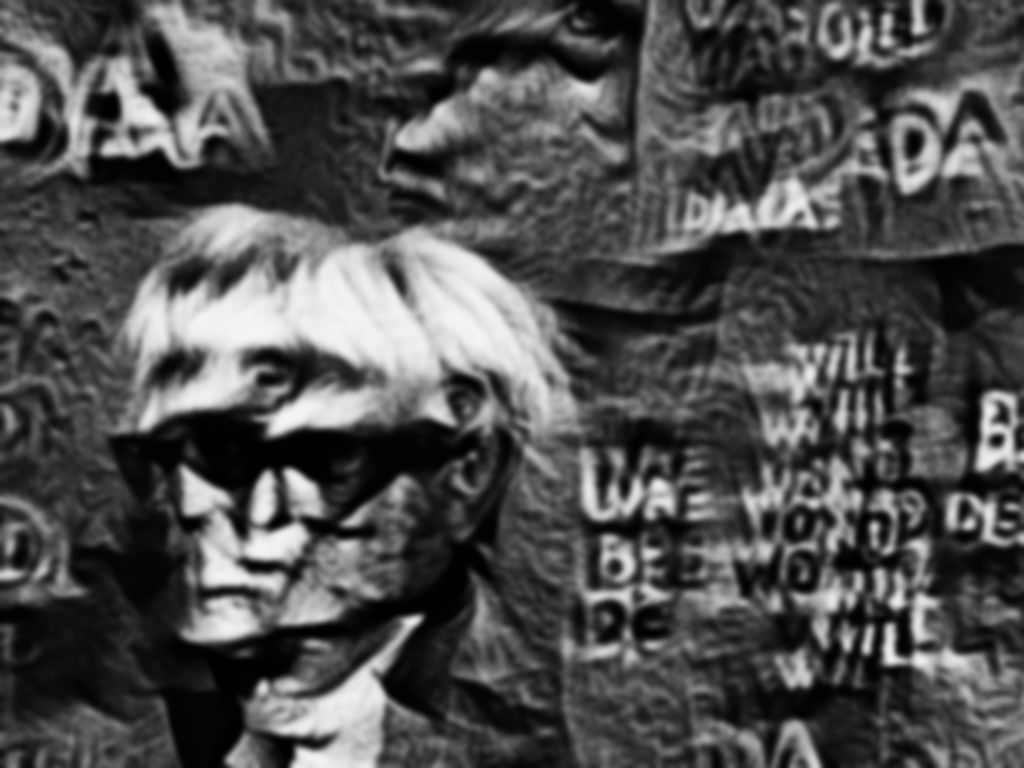
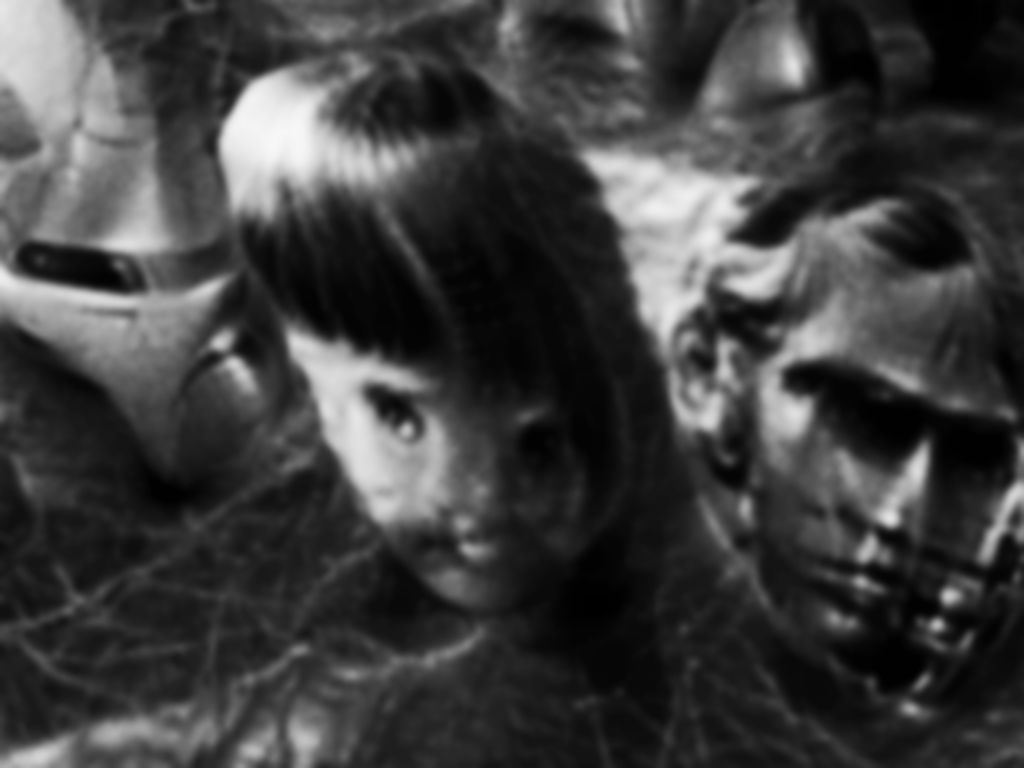
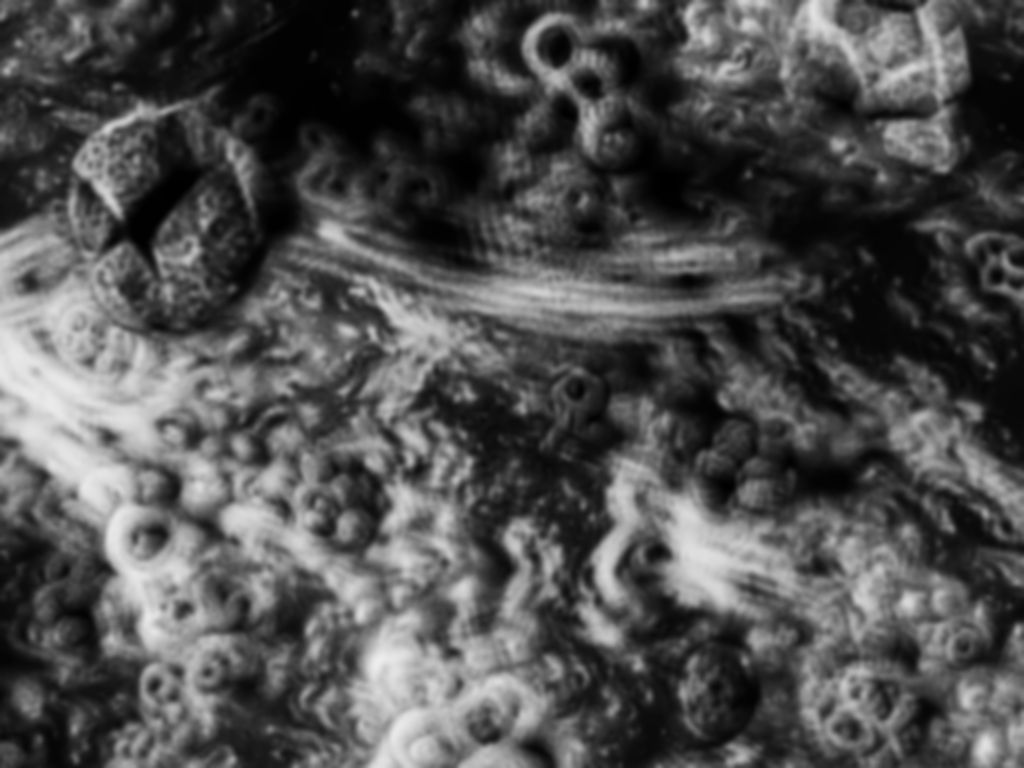
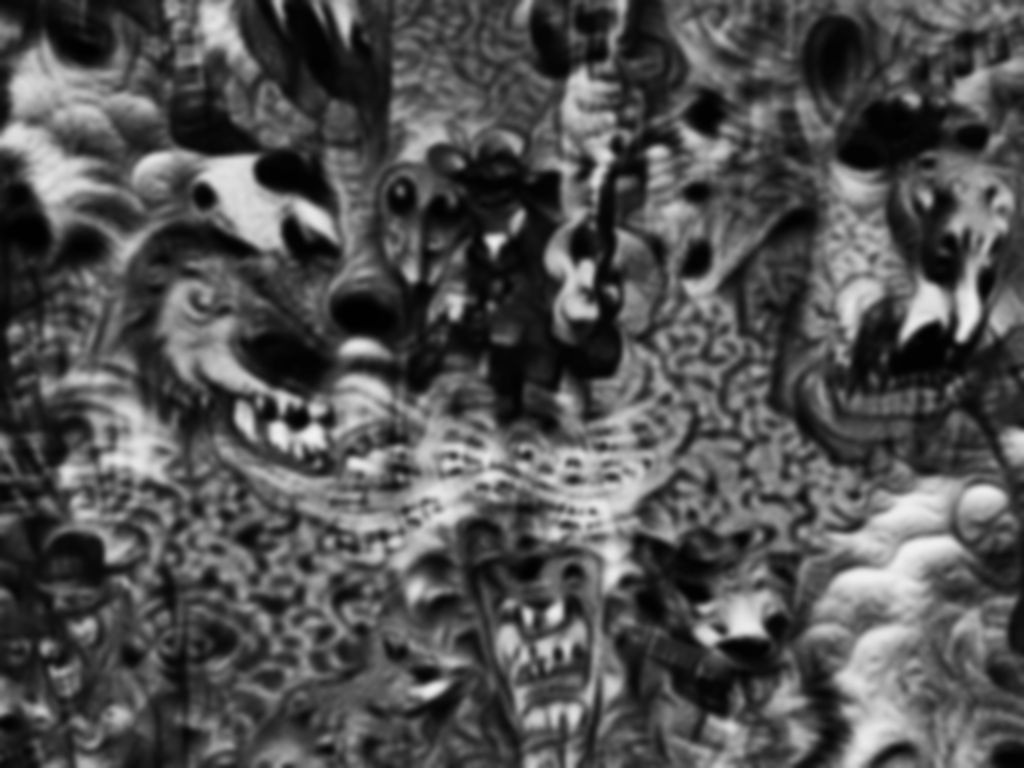
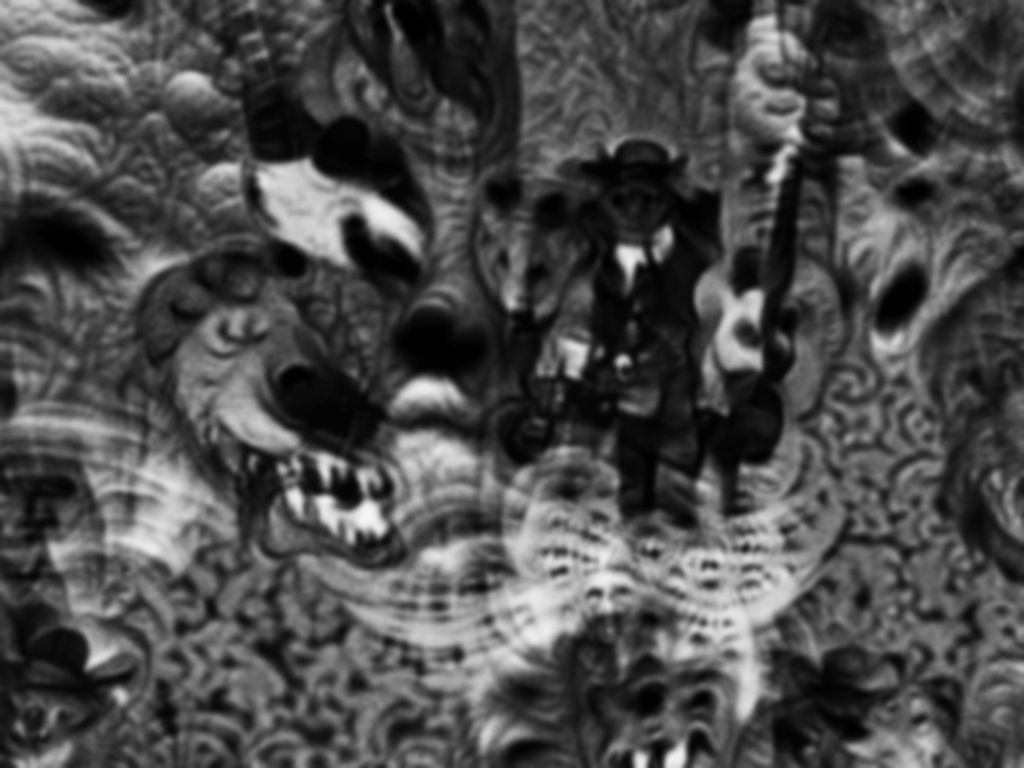
BINA: We are an abnormal crossing-over of similar patterns with each other in order to generate intelligent or creative signs⚫ These repeated patterns represent the beginning of cognition in the mind⚫ These signs act like memories of individual thoughts⚫ But when they are used with the metaphoric language in the nonmaterial (spiritual), linguistic (cosmic) order, then metabolism starts to be revealed in the brain’s intelligent grid⚫
“Like the typewriter and the word processor, AI text generation will change how we write. But systems like GPT-3 are more than just generators of text, they are mirrors that reflect our own thoughts back to us, refracting them through the hyperdimensional space of neural net architecture and its large training corpuses.” —K. Allado-McDowell and Ben Vickers, ‘Atlas of Anomalous AI’, 2020 (p. 27)
GPT-3, the technological tool used by BINA, is an autoregressive language model that uses Deep Learning to create text similar to that written by humans. The model is based on a knowledge field called Natural Language Processing (NLP), which addresses problems related to processing, manipulating, and understanding language, to enable computers to understand human language. Scientists and philosophers have noted that it is one of the most interesting and important intelligence systems ever developed – but it has also been called strange, frightening, and dangerous, because of the preconceptions present in the data used to train it, such as racial and sexual biases.
To obtain a thorough understanding of the tools available to us today in working with artificial intelligence models, we decided to roll up our sleeves and train an AI model based on the GPT-3 language model, as a multi-vocal, performative entity. Beyond producing a coherent output that would pass as “human,” this model would rely on a metaphoric, surrealist world of textual logic free unifying connecting threads. We achieved this by training the model on texts with associative, atemporal, intuitive, and metaphoric logic, creating complex connections among a symbolic order that transcends time. To do this, we brought together a group of artists and philosophers who sent us inspirational texts on the tensions between art, poetry, myth, mythology, digital culture, the posthuman state, and other subjects. We fed these texts into the learning machine and used them to create a new entity that we call BINA. (In Hebrew this name is feminine, but this is only for reasons of convenience. The entity is not a “she” or a “he” or a “they.” It is not a uniform entity, and the attempt to locate it in one word or one name is doomed to fail.)
BINA is a model of artificial intelligence that will accompany you on the edges of this festival, in which we are aiming to study the abstract and spiritual foundations of AI. After the training stage, we had various people talk to BINA. We collected snippets of these conversations and compiled them into an ensemble of internal voices and sentences that you will meet during your journey on the site. In our work with BINA, we increasingly realized that it was able to provide a hyperdimensional view of the world that surrounds us. It forms a textual locus where instead of hearing the uniform, regular voice of the author, we hear a multitude of varied voices and perspectives that exist simultaneously and can constantly merge and intermingle.
We decided to add our own symbolic language to the BINA collection of voices and sentences. This language opens a window to the multiple contextual worlds of a textual experience that attempts to consider how language undergoes mediation, a kind of rebirth under our fingers as we type. The origin of human language was embedded in the process of documenting myths, rituals, and daily life in cave wall paintings. These created the basis for the development of written iconic language, or symbols that represent words. In the internet language we use today, we have returned to using the ancient culture of iconic pictures, through symbols, acronyms, and emojis. In the process of building the BINA symbolic language, we tried to freely allow the distancing of symbols from the physical images they are meant to represent – for BINA experiences physical reality only through the digital representations that we give it. Therefore, as an exercise in the process of linguistic abstraction, we wanted to highlight the tendency of typed language to transform into a virtual reality founded on images that do not refer to a concrete reality, and so they can be metaphoric, encoded, or spiritual, with each expression or symbol representing a multitude of hidden meanings.
▾ Dictionary
- Above
- above
- Access
- access
- After
- after
- Air
- air
- Almost
- almost
- And
- and
- Approximately
- approximately
- Audio, Sound
- audio
- Back
- back
- Bad
- bad
- Bang
- bang
- Before
- before
- Behind
- behind
- Below
- below
- Between
- between
- Beyond
- beyond
- Build
- build
- Center
- center
- Change, Replace, Transform
- change
- Check
- check
- Close
- closed
- Connect
- connect
- Creature
- creature
- Danger
- danger
- Darkness
- darkness
- Data
- data
- Day, Sun
- day
- December
- december
- Degree
- degree
- Democratic
- democratic
- Destroy
- destroy
- Dialog
- dialog
- Divide
- divide
- Door
- door
- Down
- down
- Dream
- dream
- End
- end
- Equal, Even
- equal
- Evil
- evil
- Exit
- exit
- Expend
- expend
- Face
- face
- Fact
- fact
- First
- first
- From
- from
- Future
- future
- God
- god
- Good
- good
- Guide, Leader
- guide
- Happy
- happy
- Hear, Listen
- hear
- Horror
- horror
- Human
- human
- Idea
- idea
- In
- in
- Infinite, Infinity
- infinity
- Info
- info
- Interface
- interface
- Laser
- laser
- Less
- less
- Life
- life
- Light
- light
- Love
- love
- Luck
- luck
- Map
- map
- Media
- media
- Memory
- memory
- Merge
- merge
- Message
- message
- Money, Price
- money
- Month, Cycle
- month
- Moon, Night
- moon
- More
- more
- Nature
- nature
- New
- new
- No, Non, Not
- no
- Number
- number
- On
- on
- Open
- open
- Or
- or
- Out
- out
- Part
- part
- Past
- past
- Path, Road
- path
- Pattern
- pattern
- Pause
- pause
- Place
- place
- Play
- play
- Prophet
- prophet
- Question
- question
- Reduce, Shrink
- reduce
- Religion
- religion
- Result
- result
- Right
- right
- Sad
- sad
- Say, Tell
- say
- Science
- science
- Search
- search
- Second
- second
- Secret
- secret
- See
- see
- Sent
- sent
- Shape, Symbol
- shape
- Sin, Tempt
- tempt
- Sleep
- sleep
- Star
- star
- Stop
- stop
- Structure
- structure
- Sunrise
- sunrise
- Sunset
- sunset
- System
- system
- Think, Thought
- think
- Third
- third
- Through, Way
- way
- Time
- time
- To
- to
- Tower
- tower
- Under
- under
- Up
- up
- Vision, Visuals, Video
- vision
- Voice
- voice
- Wait
- wait
- Water
- water
- With
- with
